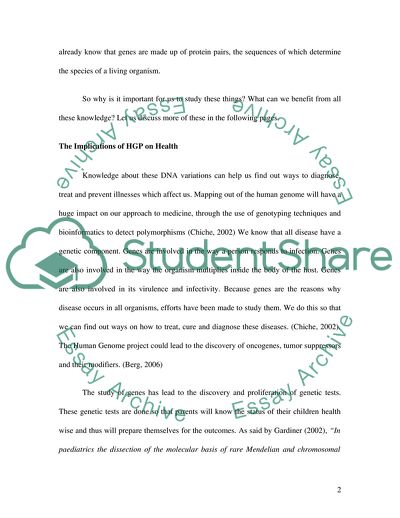Cite this document
(The Human Genome Project: Ethical Implications on Health Care Practice Term Paper, n.d.)
The Human Genome Project: Ethical Implications on Health Care Practice Term Paper. https://studentshare.org/health-sciences-medicine/1730646-the-human-genome-project
The Human Genome Project: Ethical Implications on Health Care Practice Term Paper. https://studentshare.org/health-sciences-medicine/1730646-the-human-genome-project
(The Human Genome Project: Ethical Implications on Health Care Practice Term Paper)
The Human Genome Project: Ethical Implications on Health Care Practice Term Paper. https://studentshare.org/health-sciences-medicine/1730646-the-human-genome-project.
The Human Genome Project: Ethical Implications on Health Care Practice Term Paper. https://studentshare.org/health-sciences-medicine/1730646-the-human-genome-project.
“The Human Genome Project: Ethical Implications on Health Care Practice Term Paper”. https://studentshare.org/health-sciences-medicine/1730646-the-human-genome-project.


